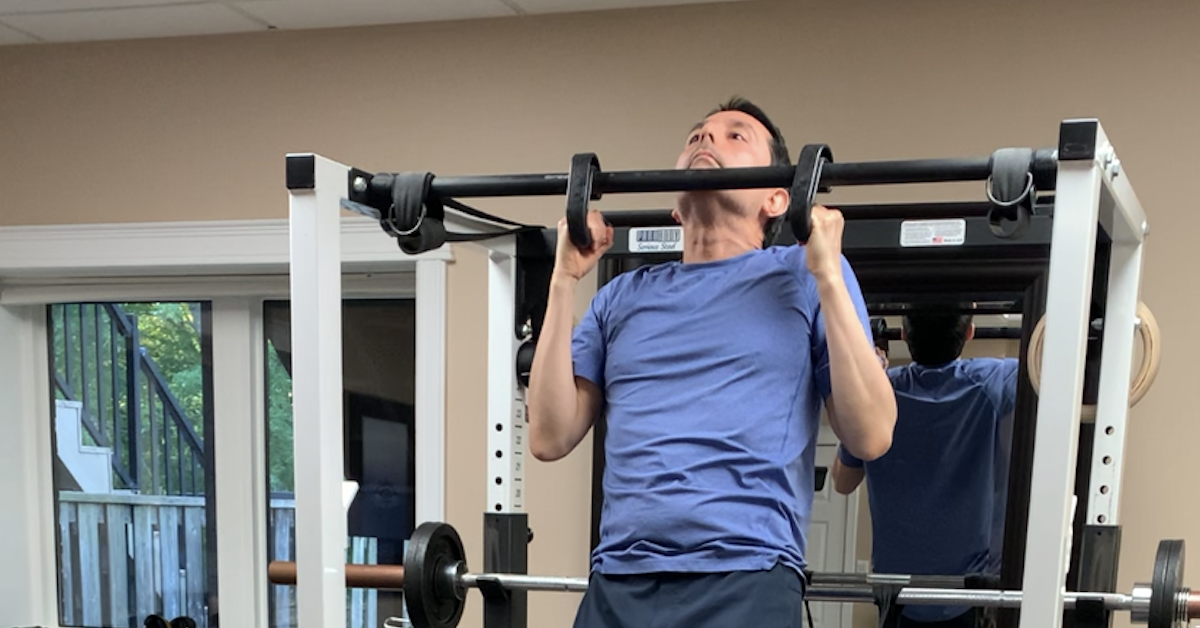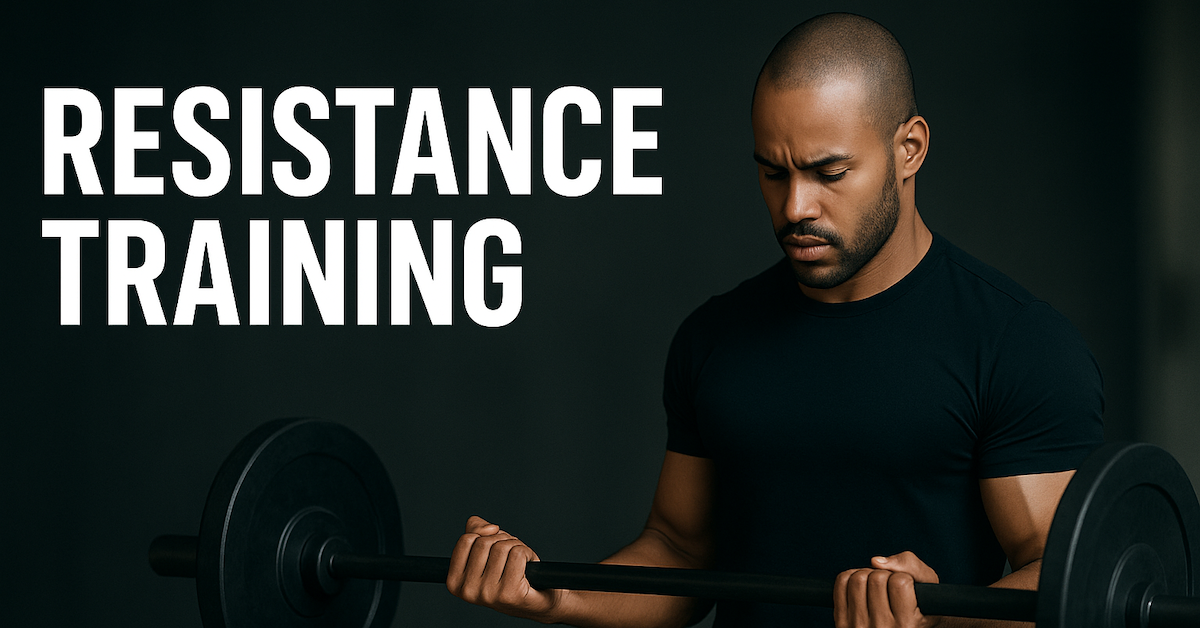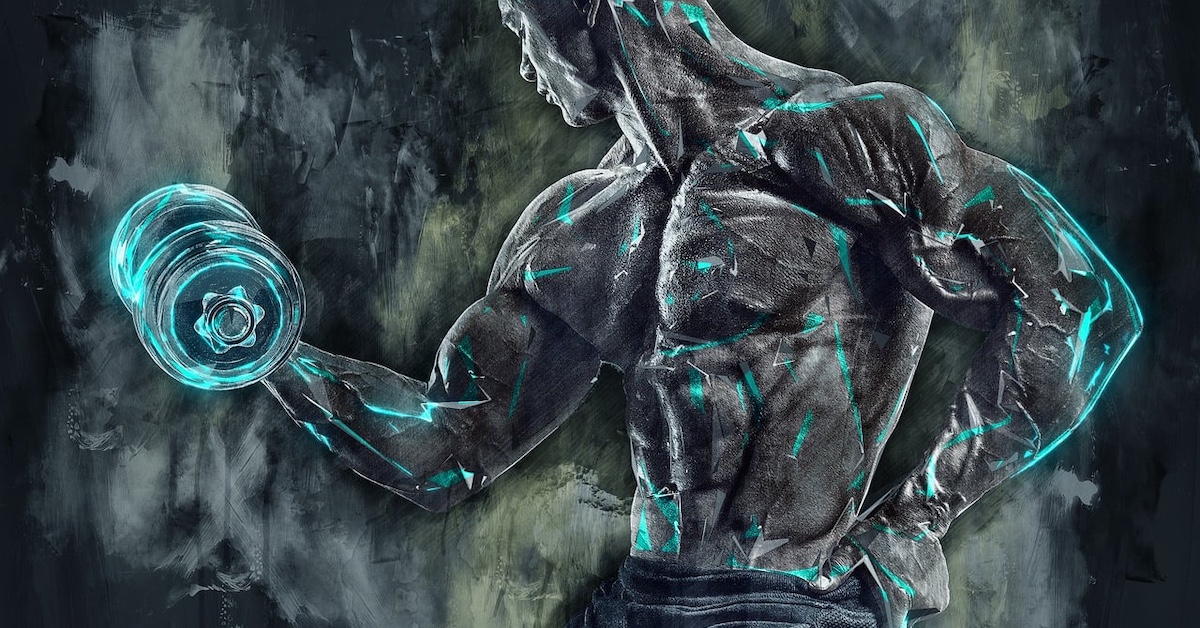When it comes to bodybuilding, illusion is everything. Building well-developed delts and lats can create that classic “V” taper and make your waist appear smaller, but balance is key. If these muscles aren’t developed proportionally, the illusion can be distorted.
Larry Scott was known for having narrow clavicles, yet through targeted exercises, hard work, and consistency, he built impressive delts that gave him all the shoulder width he needed to balance out his physique and win numerous bodybuilding titles.
My Shoulder Struggle
I don’t have particularly wide clavicles. In fact, my shoulders tend to droop. That’s why I avoid excessive upper trap work—this area grows easily for me, and adding too much size there only accentuates the slope. Instead, I’ve focused on developing my medial and posterior deltoids to increase shoulder width, but I’m still not completely satisfied with the results. My shoulders have grown, but they still droop. Something was missing—until I recently discovered what it was.
A Surprising Discovery
In late February, my massage therapist suggested doing some “structural integration” work. These 90-minute sessions focus on specific fascial lines. Before starting, she took photos of me from the front, back, and sides.
When I looked at the images, I noticed something interesting—my lats are huge! I never realized how large they were until I saw the photos, and immediately another thought struck me: my lats are pulling my scapulae downward. It looked like a tug-of-war, and my shoulder blades were losing the battle! Could this be the issue?
The Role of the Lats and Traps
Two of my favorite upper-body exercises are chin-ups and parallel-bar dips. I’ve done these movements for decades (not just years), always using a full range of motion—chest to the bar at the top of a chin-up and full elbow lockout at the top of a dip. In both positions, the scapulae are depressed. Doing this repeatedly over time can make the illusion of shoulder width quite “depressing!”
Although scapular depression isn’t the lats’ primary function, they contribute to it through their attachment to the inferior angle of the scapulae. There’s no doubt that my lats, along with my lower traps, have been pulling my shoulders downward. The solution? Focus on scapular elevation (which means working the upper traps—something I’ve been avoiding) and reduce the amount of scapular depression in my training.
The Game Plan
My strategy moving forward includes:
- Daily lat stretching to improve mobility
- Weekly soft tissue work on my lats to release tension
- More scapular elevation exercises, such as overhead presses, shrugs, upright rows, and lateral raises
- Reducing movements that encourage scapular depression
Does this mean chin-ups and dips are out? Not necessarily. By emphasizing the bottom range, I can get what I need. For example, I’m currently performing mid-neutral-grip chin-ups, but only going halfway up and then all the way down, pausing for a full two seconds in the bottom stretched position.
Take-Home Message
If you want to improve muscle symmetry and proportion, take photos from the front, back, and sides, then rate each major muscle group on a scale of 1-10 (see how here). Focus your training on lagging muscles while reducing work for overdeveloped areas until you achieve the look you want. That’s exactly what I’m doing right now, and I won’t stop until I’m satisfied with the results!

From Zero to Two: Leo’s Chin-Up Breakthrough
When Leo began training with me in September 2024, our first goal was to improve body composition — lose fat,

Resistance Training Foundations: How to Progress Safely and Build Real Strength
Resistance training isn’t just for bodybuilders. Whether you’re just starting out, returning after a break, or training for performance, knowing

Neck Extensions Before Arm Curls: Unlock More Strength
When most people warm up for arm curls, they’ll hit a few light sets or maybe stretch out a bit.
follow
Error: No feed with the ID 2 found.
Please go to the Instagram Feed settings page to create a feed.
